Home>Gardening & Outdoor>Landscaping Ideas>What Is The Best Pre-Emergent For Lawns
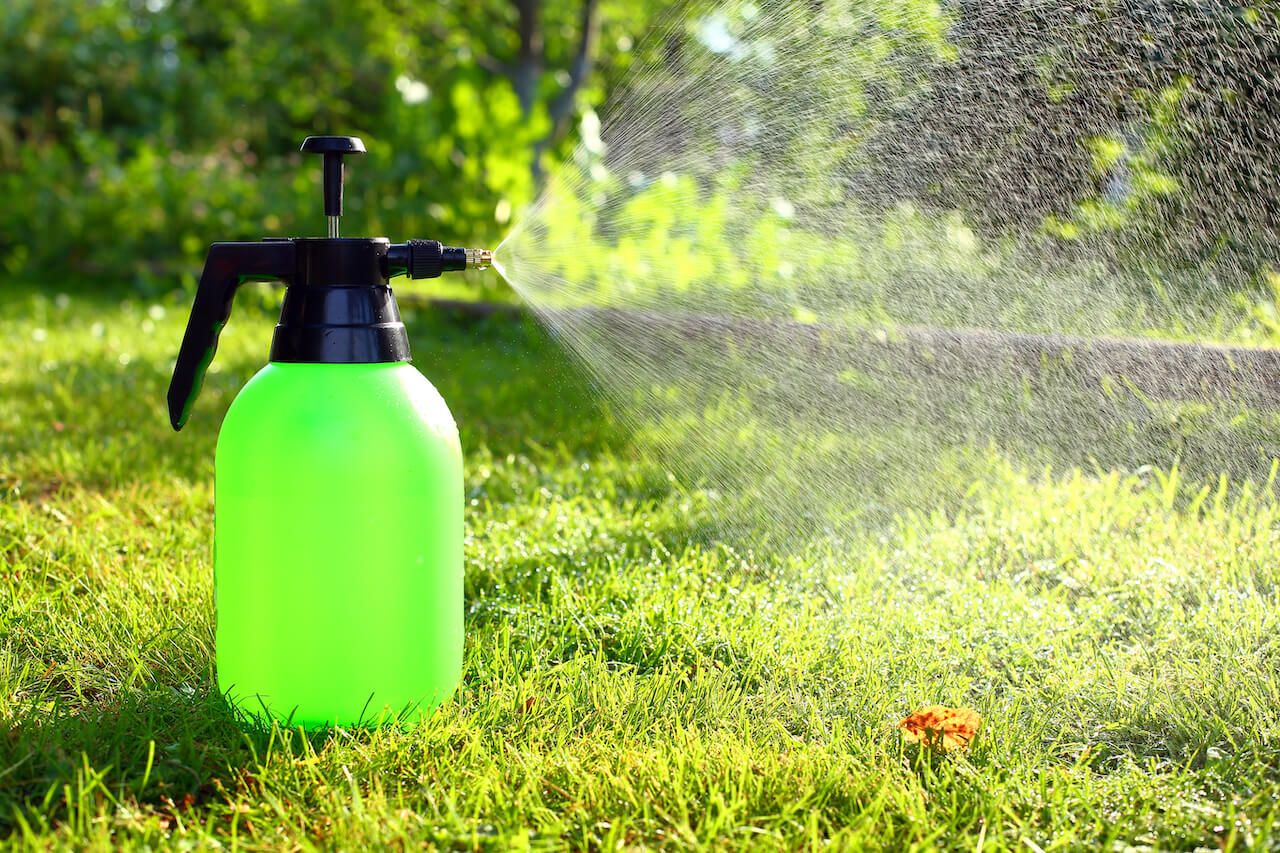

Landscaping Ideas
What Is The Best Pre-Emergent For Lawns
Modified: August 17, 2024
Discover the best pre-emergent for lawns and enhance your landscaping with effective weed control. Find expert tips and advice on landscaping ideas.
(Many of the links in this article redirect to a specific reviewed product. Your purchase of these products through affiliate links helps to generate commission for Storables.com, at no extra cost. Learn more)
Introduction
Are you tired of battling stubborn weeds that seem to invade your lawn every year, no matter how much effort you put into maintaining it? If so, you're not alone. Weeds can be a persistent nuisance, detracting from the beauty of your lawn and requiring constant attention to keep them at bay. However, there is a proactive solution that can significantly reduce the influx of weeds and minimize the need for ongoing maintenance: pre-emergent herbicides.
In the realm of lawn care, pre-emergent herbicides are a valuable tool for preventing weeds from germinating and taking root in your lawn. By applying these herbicides before weed seeds begin to sprout, you can effectively stop weeds in their tracks, saving yourself the hassle of dealing with them later on. But with numerous pre-emergent options available, it's crucial to understand what sets them apart and how to choose the best one for your lawn's specific needs.
In this comprehensive guide, we'll delve into the world of pre-emergent herbicides for lawns, exploring the factors to consider when selecting the right product, popular options on the market, proper application techniques, and tips for maximizing their effectiveness. Whether you're a seasoned lawn care enthusiast or a novice gardener looking to elevate your lawn maintenance game, this guide will equip you with the knowledge and insights you need to make informed decisions and achieve a weed-free, luscious lawn. So, let's embark on this journey to discover the best pre-emergent herbicide for your lawn and bid those pesky weeds farewell once and for all.
Key Takeaways:
- Say goodbye to pesky weeds by using pre-emergent herbicides to stop them before they start, saving time and effort in maintaining a beautiful, weed-free lawn.
- Choose the right pre-emergent herbicide based on factors like soil type, targeted weed species, and environmental impact to effectively prevent weed growth and maintain a healthy lawn.
Understanding Pre-Emergent Herbicides
Pre-emergent herbicides are a vital component of proactive weed management, acting as a preventive barrier against the germination and establishment of weed seeds in lawns. Unlike post-emergent herbicides, which target existing weeds, pre-emergent herbicides are applied before weed seeds begin to sprout, creating a protective shield that inhibits their growth. This proactive approach is especially effective for annual weeds, such as crabgrass and dandelions, which reproduce through seeds and can quickly overrun a lawn if left unchecked.
One of the key mechanisms of pre-emergent herbicides is their ability to disrupt the growth process of weed seeds. When applied to the soil, these herbicides form a chemical barrier that interferes with the germination of weed seeds, preventing them from developing into mature plants. By targeting the early stages of weed growth, pre-emergent herbicides help maintain the integrity of the lawn and reduce the need for extensive weed control measures later on.
It’s important to note that pre-emergent herbicides are most effective when applied at the right time, typically before the soil temperature reaches the optimal range for weed seed germination. Understanding the life cycles of common weeds in your region and the specific timing for applying pre-emergent herbicides is crucial for achieving the best results.
Furthermore, while pre-emergent herbicides are valuable for preventing weed infestations, they require strategic application and proper timing to maximize their efficacy. Factors such as soil moisture, application methods, and compatibility with existing lawn care practices also play a role in the overall effectiveness of pre-emergent herbicides.
By gaining a deeper understanding of how pre-emergent herbicides work and the factors that influence their performance, you can make informed decisions when selecting and using these essential tools in your lawn care regimen. In the following sections, we’ll explore the key considerations for choosing the best pre-emergent herbicide for your lawn and provide insights into popular options that have proven effective for homeowners and lawn care professionals alike.
Factors to Consider When Choosing a Pre-Emergent for Lawns
When it comes to selecting the most suitable pre-emergent herbicide for your lawn, several critical factors should guide your decision-making process. By carefully evaluating these factors, you can identify a product that aligns with your lawn’s specific needs and environmental considerations, ultimately maximizing the effectiveness of weed prevention while minimizing potential risks. Here are the key factors to consider:
- Targeted Weed Species: Different pre-emergent herbicides are formulated to target specific weed species. Understanding the prevalent weeds in your region and selecting a herbicide that effectively controls those particular species is essential for achieving optimal results. For example, if crabgrass is a recurring issue in your lawn, choosing a pre-emergent herbicide specifically designed to combat crabgrass will be highly beneficial.
- Soil Type and pH: The composition and pH level of your soil can impact the performance of pre-emergent herbicides. Some products may be better suited for sandy soils, while others are formulated for clay-based soils. Additionally, ensuring that the herbicide is compatible with your soil’s pH range is crucial for its efficacy.
- Application Flexibility: Consider the convenience and flexibility of application methods. Some pre-emergent herbicides come in granular form, while others are available as liquid concentrates. Assessing which application method aligns with your preferences and lawn size will streamline the treatment process.
- Environmental Impact: Assess the environmental implications of the herbicide, including its potential effects on non-target plants, wildlife, and water sources. Opt for products with lower toxicity and minimal environmental impact to promote ecological balance in your lawn ecosystem.
- Residual Activity: Understanding the duration of a pre-emergent herbicide’s residual activity is crucial for planning subsequent lawn care activities. Some herbicides offer longer-lasting residual control, while others may require more frequent applications based on their breakdown rate in the soil.
- Compatibility with Lawn Care Practices: Evaluate how the application of pre-emergent herbicides may align with your existing lawn care practices, such as fertilization schedules and irrigation routines. Choosing a herbicide that complements your maintenance regimen will ensure seamless integration and consistent weed prevention.
By carefully considering these factors and conducting thorough research on available pre-emergent herbicides, you can make an informed decision that supports the long-term health and vitality of your lawn while effectively mitigating weed growth. In the subsequent sections, we’ll explore popular pre-emergent herbicides that have garnered acclaim for their performance and discuss their application and timing for optimal results.
Popular Pre-Emergent Herbicides for Lawns
As the demand for effective weed prevention solutions continues to grow, several pre-emergent herbicides have emerged as top choices for homeowners and lawn care professionals seeking reliable weed control. These popular herbicides have garnered acclaim for their ability to inhibit weed seed germination and establish a protective barrier against invasive plant species. Let’s explore some of the leading pre-emergent herbicides known for their efficacy in maintaining weed-free lawns:
- Pendimethalin: Widely recognized for its broad-spectrum control, pendimethalin offers effective suppression of annual grasses and broadleaf weeds. This herbicide is available in both granular and liquid formulations, providing flexibility in application methods and offering long-lasting residual activity.
- Dithiopyr: Known for its versatility in targeting grassy weeds like crabgrass and broadleaf weeds, dithiopyr is favored for its early post-emergent control capabilities in addition to pre-emergent suppression. Its extended residual control makes it a popular choice for preventing weed infestations throughout the growing season.
- Prodiamine: With a reputation for effectively managing annual grasses, including crabgrass, prodiamine is valued for its low application rates and extended residual control. This herbicide is available in granular form and is known for its compatibility with various turfgrass species.
- Trifluralin: Ideal for targeting annual grasses and certain broadleaf weeds, trifluralin is favored for its reliable pre-emergent control and compatibility with ornamental landscapes. It offers a valuable solution for preventing weed encroachment in lawns and ornamental beds.
- Isoxaben: Recognized for its efficacy against broadleaf weeds, isoxaben provides selective control while allowing desirable turfgrass to thrive. This herbicide is available in both granular and liquid formulations, offering options for tailored application based on specific weed management needs.
These pre-emergent herbicides have earned the trust of homeowners and lawn care professionals for their consistent performance in preventing weed proliferation and preserving the health and aesthetics of lawns. When considering the best pre-emergent herbicide for your lawn, it’s essential to assess the prevalent weed species, soil characteristics, and environmental considerations to determine the most suitable option. In the following sections, we’ll delve into the application and timing of pre-emergent herbicides, providing guidance on maximizing their effectiveness for long-term weed management.
When choosing a pre-emergent for your lawn, look for products containing active ingredients like dithiopyr, prodiamine, or pendimethalin. These are effective at preventing weeds like crabgrass and dandelions from germinating. Apply according to the label instructions for best results.
Application and Timing of Pre-Emergent Herbicides
Applying pre-emergent herbicides with precision and timing is crucial for achieving optimal weed prevention and maintaining a healthy lawn. Understanding the best practices for application and the appropriate timing based on regional climate and weed germination patterns is essential for maximizing the efficacy of these herbicides. Here’s a comprehensive overview of the application and timing considerations for pre-emergent herbicides:
- Soil Preparation: Before applying pre-emergent herbicides, ensure that the lawn is free of thatch and debris to facilitate even distribution and absorption of the herbicide into the soil. Core aeration prior to application can also enhance the penetration of the herbicide and promote uniform coverage.
- Calibration and Uniform Application: Whether using granular or liquid formulations, calibrating the spreader or sprayer according to the manufacturer’s recommendations is crucial for achieving uniform coverage. Proper calibration ensures that the herbicide is applied at the specified rate, preventing under- or over-application that can compromise its effectiveness.
- Timing Based on Weed Germination: The timing of pre-emergent herbicide application is contingent upon the germination patterns of prevalent weed species in your region. Monitoring soil temperatures and understanding the germination periods of target weeds will guide the optimal timing for application. For example, applying pre-emergent herbicides before the soil temperature reaches the threshold for crabgrass germination is critical for effective control.
- Post-Watering and Activation: After applying granular pre-emergent herbicides, irrigating the lawn with a light, consistent watering helps activate the herbicide and facilitate its incorporation into the soil. For liquid formulations, following the manufacturer’s guidelines for post-application watering is essential for activating the herbicide and optimizing its efficacy.
- Reapplication and Residual Control: Some pre-emergent herbicides offer extended residual control, while others may require reapplication based on their breakdown rate in the soil. Understanding the duration of a herbicide’s effectiveness and planning subsequent applications accordingly is vital for sustained weed prevention throughout the growing season.
By adhering to these best practices for application and timing, you can harness the full potential of pre-emergent herbicides and establish a robust defense against weed encroachment in your lawn. Additionally, integrating these practices with your overall lawn care regimen will contribute to the long-term health and vibrancy of your turfgrass, creating an environment where weeds struggle to take root and thrive.
In the following section, we’ll delve into valuable tips for using pre-emergent herbicides effectively, offering insights into maximizing their impact and addressing common challenges that homeowners encounter when implementing weed prevention strategies.
Read more: What Pre-Emergent For Bermuda Grass
Tips for Using Pre-Emergent Herbicides Effectively
Effectively harnessing the potential of pre-emergent herbicides requires a strategic approach and a keen understanding of key considerations that can impact their performance. By incorporating these valuable tips into your weed prevention strategy, you can elevate the effectiveness of pre-emergent herbicides and fortify your lawn against invasive weed species. Here are essential tips for using pre-emergent herbicides effectively:
- Monitor Soil Temperatures: Regularly monitor soil temperatures using a reliable thermometer to gauge the optimal timing for applying pre-emergent herbicides. Understanding the threshold temperatures for weed seed germination in your region will guide precise application timing.
- Consider Overseeding Timing: If overseeding your lawn, coordinate the timing of pre-emergent herbicide application to avoid interference with the germination and establishment of desirable grass seed. Some pre-emergent herbicides may hinder the germination of grass seeds, necessitating strategic planning for overseeding projects.
- Implement Integrated Weed Management: Complement pre-emergent herbicide applications with integrated weed management practices, such as maintaining proper mowing heights, addressing soil compaction, and promoting healthy turf growth. A holistic approach to weed control enhances the overall resilience of your lawn against weed encroachment.
- Observe Rainfall and Irrigation: Factor in rainfall patterns and irrigation schedules when planning pre-emergent herbicide applications. Excessive rainfall shortly after application can diminish the herbicide’s effectiveness, while prolonged drought conditions may necessitate supplemental watering to activate the herbicide and facilitate its incorporation into the soil.
- Adhere to Application Rates: Follow the manufacturer’s recommended application rates diligently to avoid under- or over-application of pre-emergent herbicides. Applying the herbicide at the specified rates ensures consistent weed prevention without compromising the health of the turfgrass.
- Maintain a Weed-Free Zone: Establish a weed-free perimeter around your lawn to minimize the influx of weed seeds from adjacent areas. Regularly inspect and address potential weed sources along the lawn’s borders and implement targeted weed control measures to prevent the migration of weed seeds into the treated area.
By incorporating these tips into your pre-emergent herbicide application and overall lawn care practices, you can optimize the efficacy of weed prevention strategies and cultivate a resilient, lush lawn that remains free from invasive weed species. Additionally, staying informed about advancements in pre-emergent herbicide technology and best practices will empower you to adapt and refine your weed management approach for sustained success.
As we conclude this guide, armed with a deeper understanding of pre-emergent herbicides and their application, timing, and best practices, you are well-equipped to embark on a journey toward a weed-free, thriving lawn. By leveraging the insights and knowledge gained from this guide, you can confidently select and utilize the best pre-emergent herbicide for your lawn’s unique needs, transforming your lawn into a verdant oasis that exudes natural beauty and vitality.
Conclusion
Congratulations on exploring the realm of pre-emergent herbicides and unlocking the potential to achieve a weed-free, vibrant lawn through proactive weed management. By delving into the nuances of pre-emergent herbicides, understanding their mechanisms, and identifying key factors for selection and application, you have gained valuable insights that will shape your approach to weed prevention and elevate the overall health and aesthetics of your lawn.
As you navigate the process of choosing the best pre-emergent herbicide for your lawn, remember to consider the prevalent weed species, soil characteristics, environmental impact, and compatibility with your lawn care practices. Armed with this knowledge, you can make informed decisions that align with your lawn’s unique needs and contribute to sustainable weed management.
Furthermore, by familiarizing yourself with popular pre-emergent herbicides known for their efficacy and understanding the nuances of their application and timing, you are well-prepared to implement targeted weed prevention strategies that yield lasting results. Harnessing the power of pre-emergent herbicides in conjunction with integrated weed management practices will fortify your lawn against invasive weed species and create an environment where lush, healthy turfgrass thrives.
As you embark on your journey to maximize the effectiveness of pre-emergent herbicides, remember to incorporate valuable tips, such as monitoring soil temperatures, integrating weed management practices, and maintaining adherence to application rates. These strategic approaches will bolster the impact of pre-emergent herbicides and position your lawn for long-term resilience against weed encroachment.
In closing, the knowledge and insights gained from this guide empower you to make informed decisions, implement effective weed prevention strategies, and transform your lawn into a captivating, weed-free sanctuary. With a commitment to proactive weed management and a comprehensive understanding of pre-emergent herbicides, you are poised to cultivate a lush, verdant lawn that serves as a testament to your dedication to exceptional lawn care.
Embrace the journey ahead, armed with the wisdom and expertise to make your lawn a thriving oasis of natural beauty and vitality. Here’s to a future filled with the joy of a weed-free, luscious lawn that captivates the senses and enriches the outdoor experience for you and your loved ones.
Frequently Asked Questions about What Is The Best Pre-Emergent For Lawns
Was this page helpful?
At Storables.com, we guarantee accurate and reliable information. Our content, validated by Expert Board Contributors, is crafted following stringent Editorial Policies. We're committed to providing you with well-researched, expert-backed insights for all your informational needs.
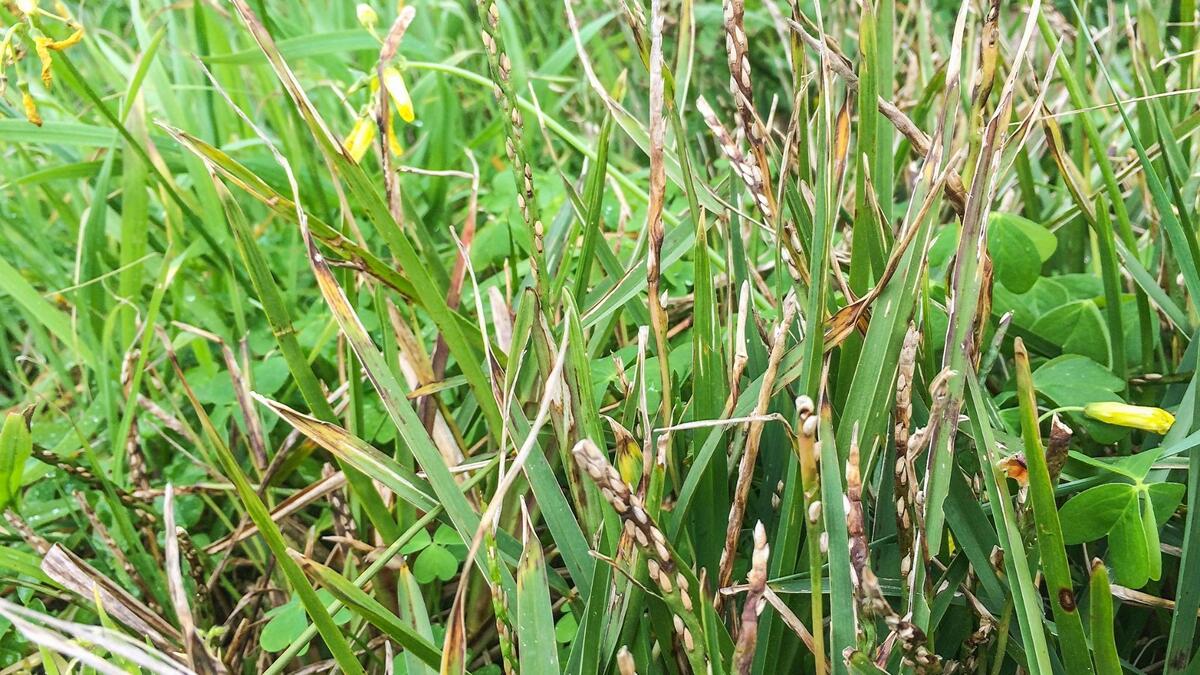
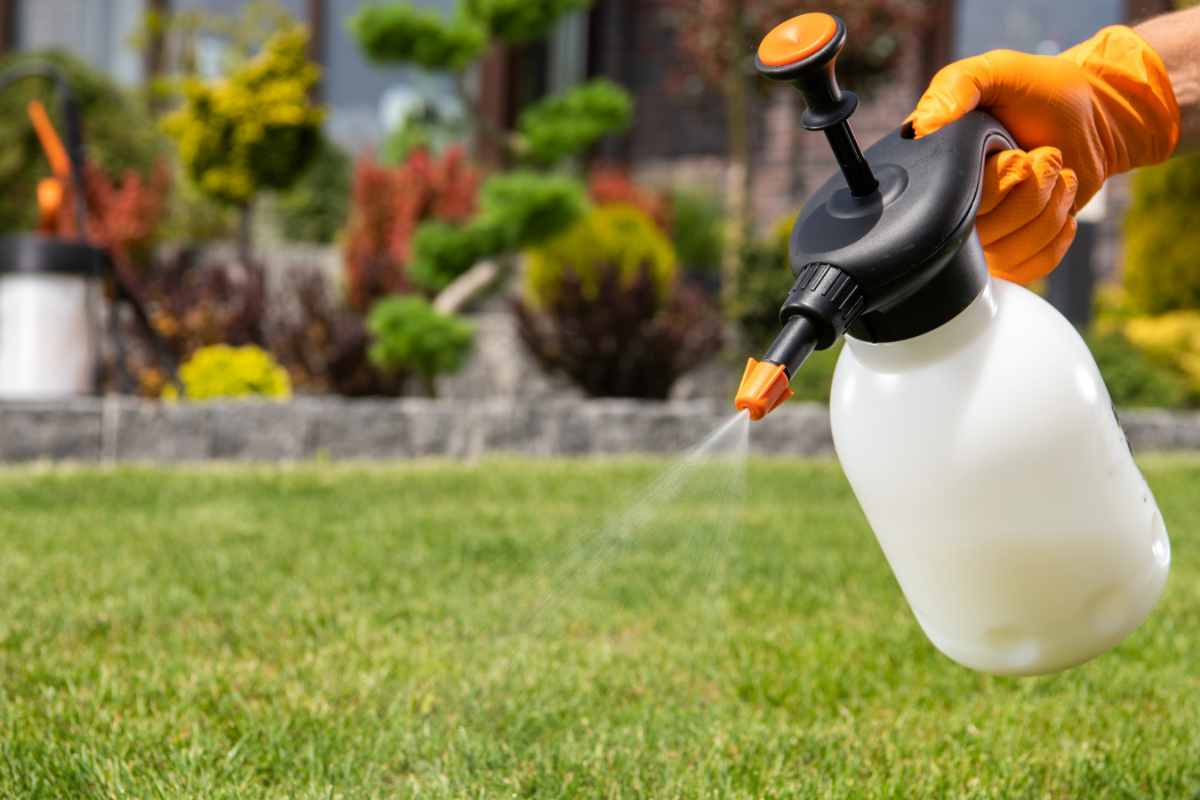




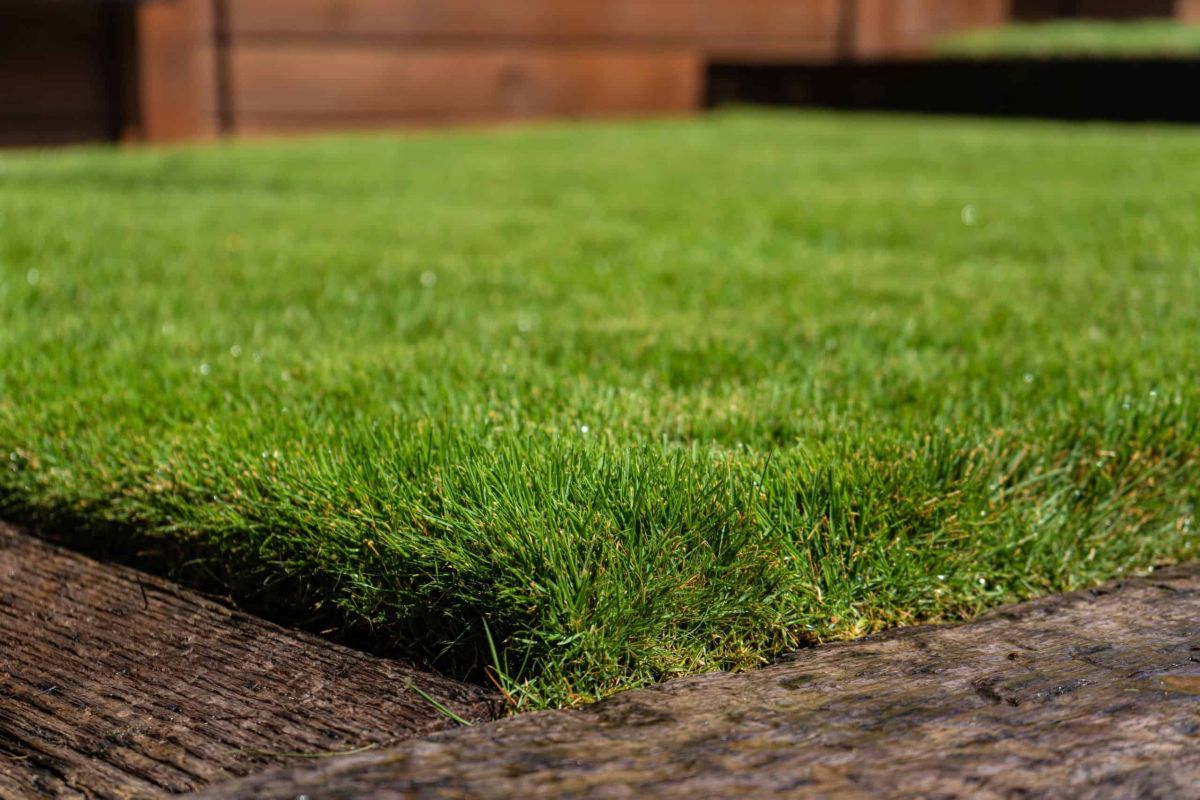

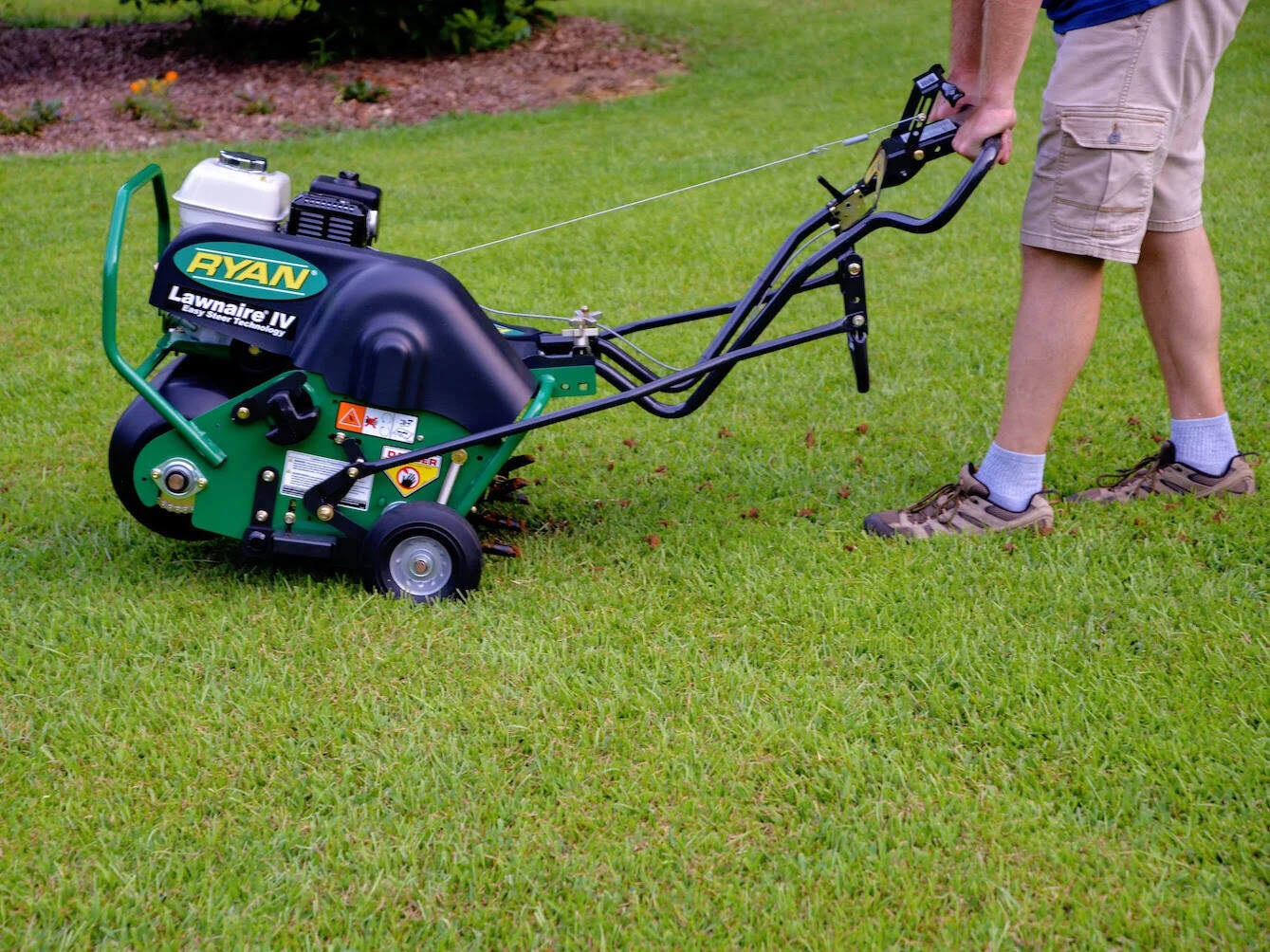

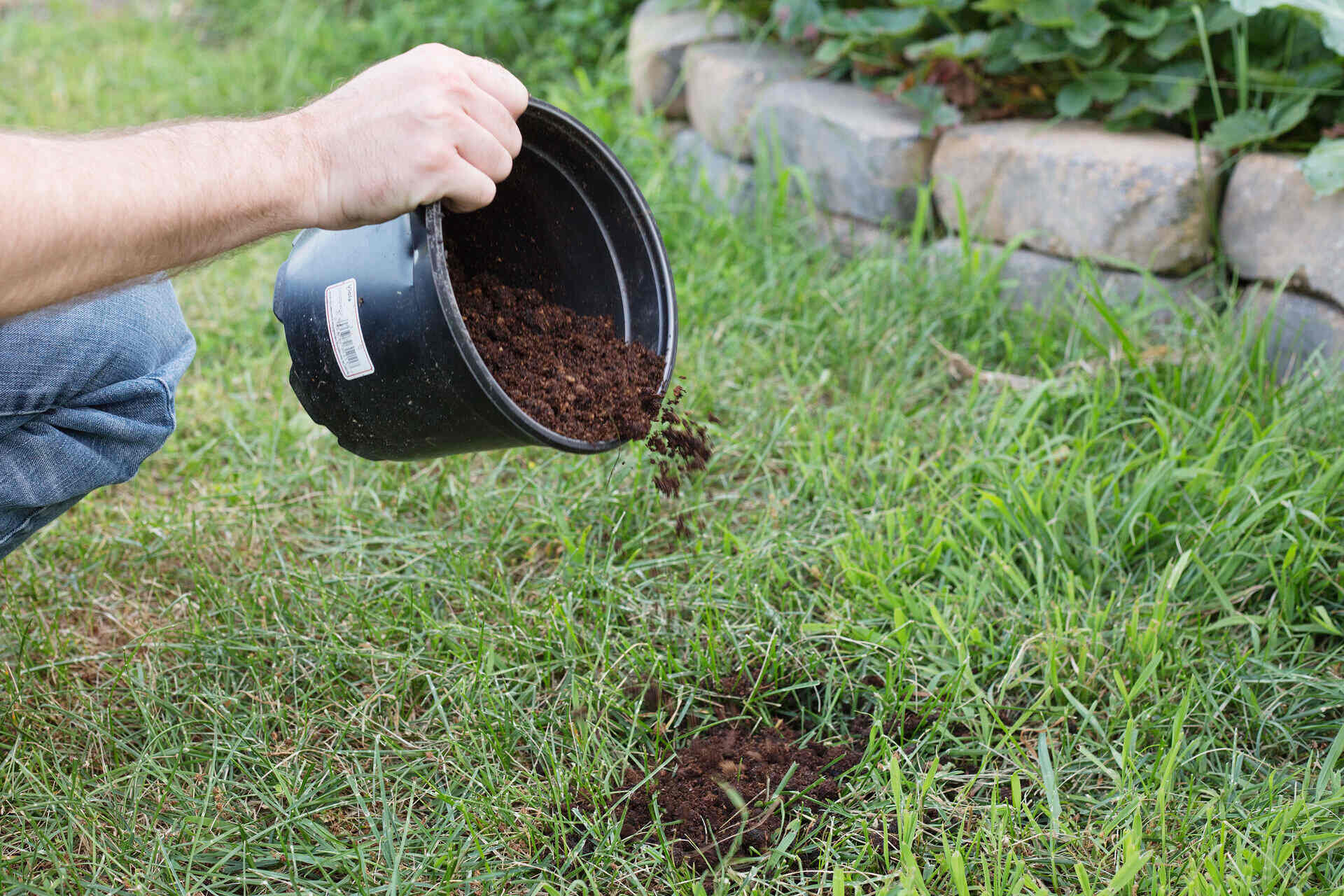
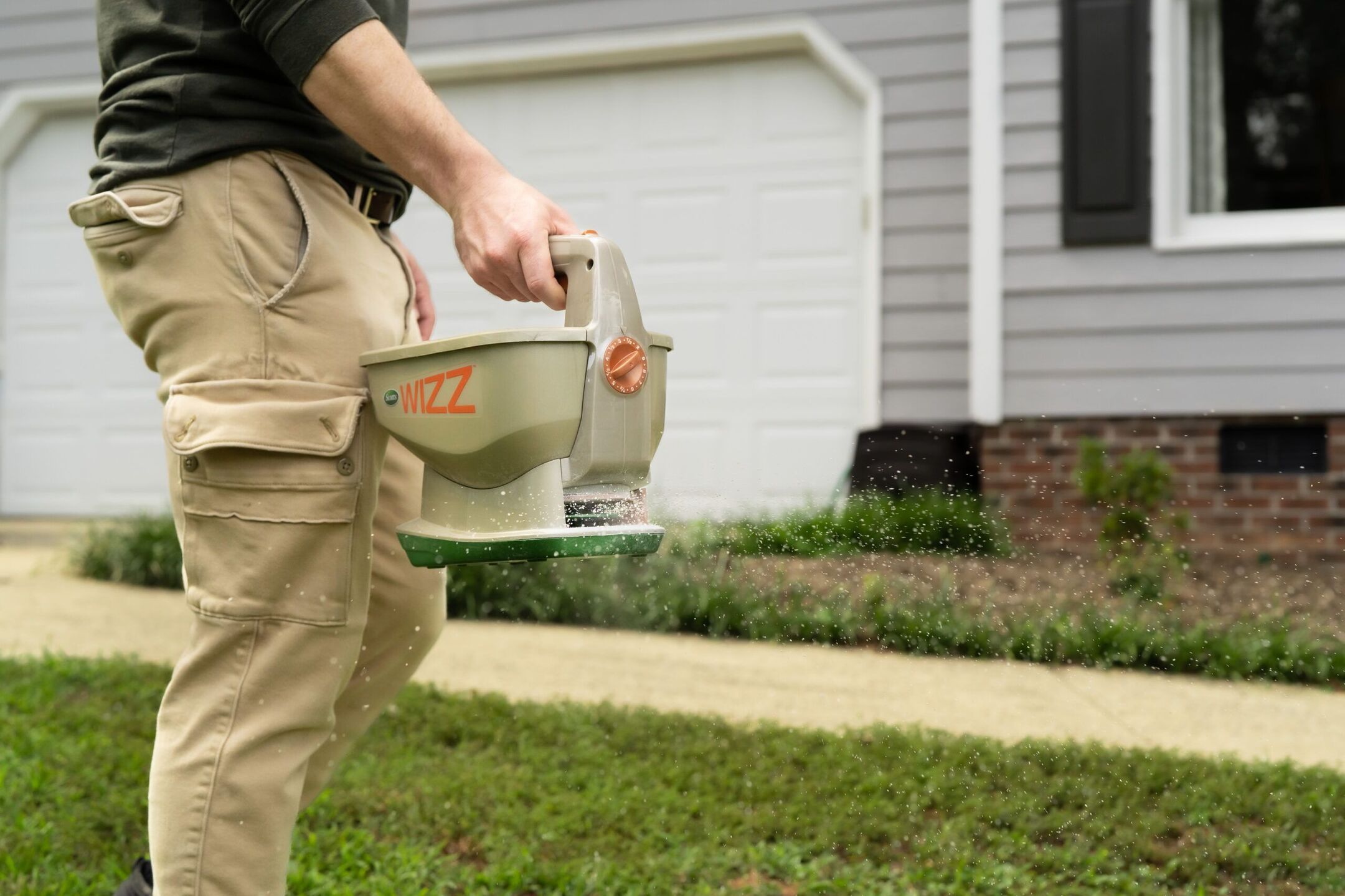
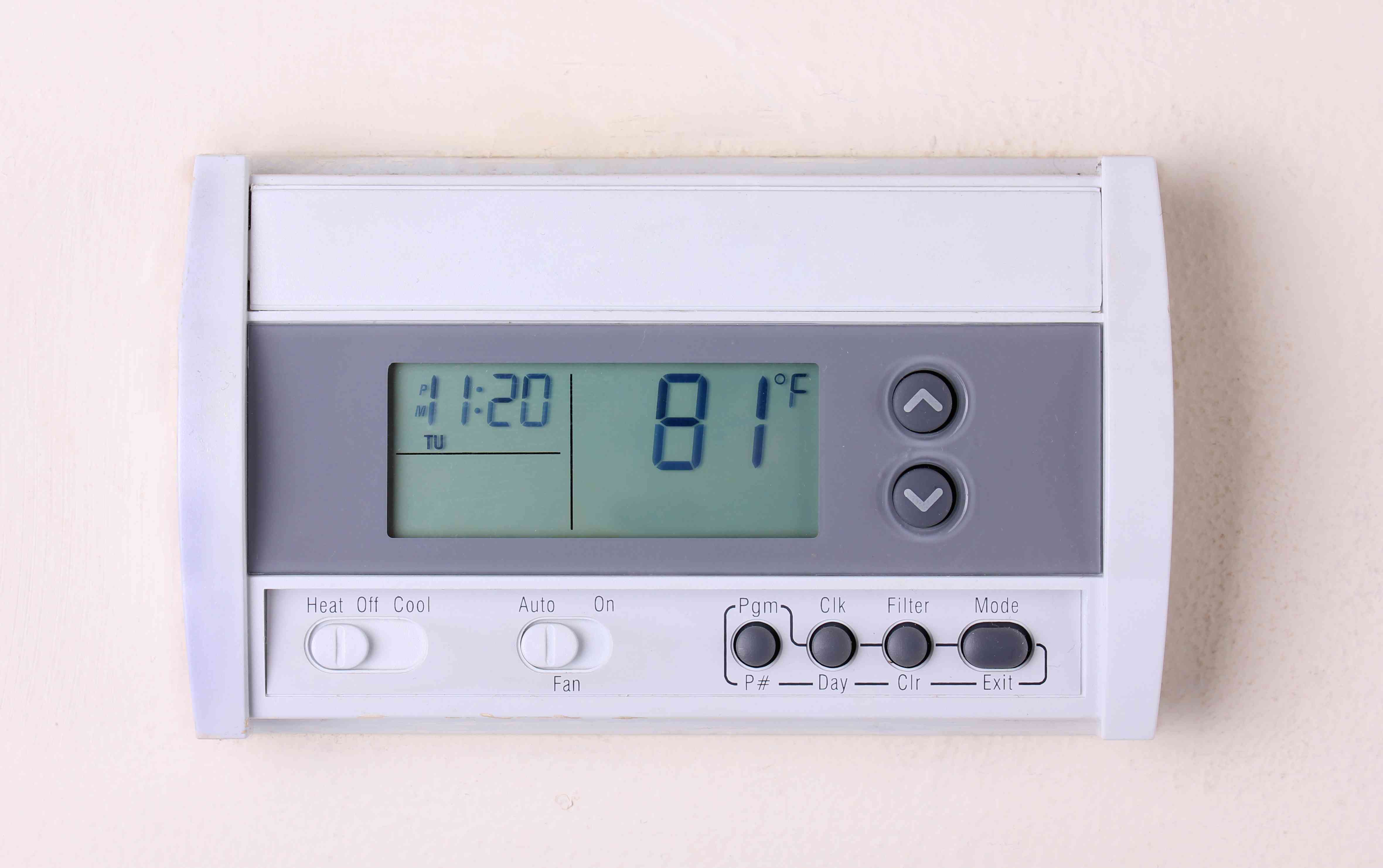


0 thoughts on “What Is The Best Pre-Emergent For Lawns”